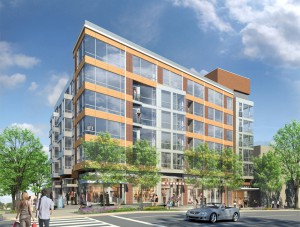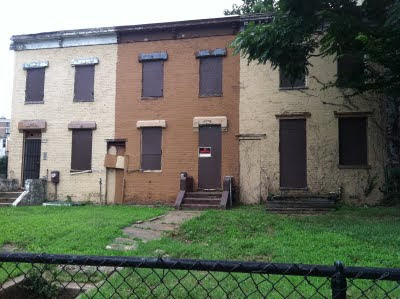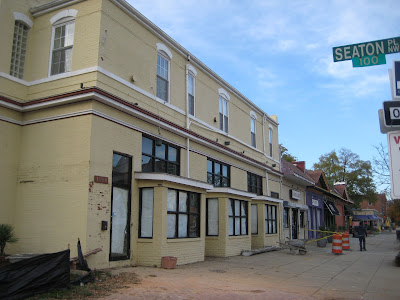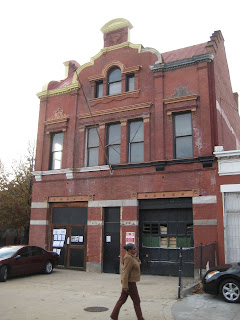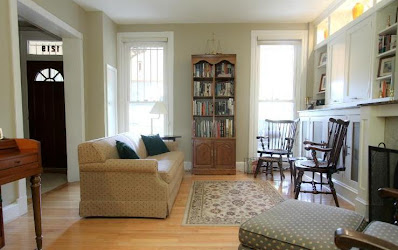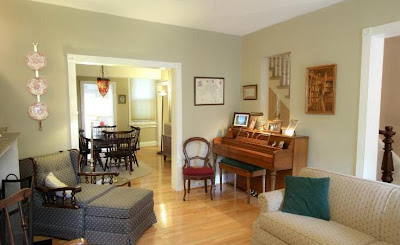 Skyland - the very name implies the ever distant horizon - is back for another zoning review to fully entitle the real estate development project, this time to fit Walmart into the equation.
Skyland - the very name implies the ever distant horizon - is back for another zoning review to fully entitle the real estate development project, this time to fit Walmart into the equation.The most recent change regarding the large ‘town center’ complex is a PUD amendment that was submitted late last week by the development team behind the project. The original PUD was approved by the Office of Zoning in September 2010, but that was before Walmart signed on as the development’s anchor store last fall. The inclusion of the mega-retailer necessitated a number of changes to the plan—though nothing particularly substantive, according to the application. “The proposed PUD modification application is NOT proposing significant changes to the approved PUD project,” reads the document.

That means the development will continue to include 450-500 residential units, some of which will be townhomes and/or affordable housing, and retail space leasing will increase only slightly, from 311,000 s.f. to 342,000 total s.f.
The most serious change appears to be a decrease in the number of parking spaces needed. The total number will be down by about 300 “which meets one of the Office of Planning’s goals,” Matt Ritz, a vice president at William C Smith &. Company, pointed out. Smith is one of the members of the development team, along with The Rappaport Companies, Harrison Malone Development, the Marshall Heights Community Development Organization, and the Washington East Foundation.

Other changes include lowering the height of parts of the building Walmart will occupy, slightly reducing the number of townhouses, and topping a section of the project with solar panels and a green roof, rather than with a final layer of parking as originally planned.
The revamped development should include slightly more green space, and the application hints at more ‘green’ elements to come: “Walmart has several sustainable goals for this project which will be achieved by the following features: use of water efficient faucets and toilets; implementation of an energy management system; high-efficiency HVAC design; LED lighting; sun shading devices on the roof; and a construction waste stream management program."
 Ritz is hoping the project will get a hearing with the Zoning Commission before the end of the year and a public hearing sometime around March 2013. But it’s all up in the air. “The dates are with a grain of salt,” he said. “It’s all contingent on the Zoning Commission.” And the company is still a very long way from soliciting construction bids.
Ritz is hoping the project will get a hearing with the Zoning Commission before the end of the year and a public hearing sometime around March 2013. But it’s all up in the air. “The dates are with a grain of salt,” he said. “It’s all contingent on the Zoning Commission.” And the company is still a very long way from soliciting construction bids.Still, as slowly as it’s going, there is definitely movement occurring at Skyland. In September, the city celebrated the start of a demolition process of some of the buildings in the existing shopping center. And of seven legal cases that were pending in early 2011 - all linked to the city's use of eminent domain on the project--only one is still unresolved.
Washington, D.C., real estate development news


